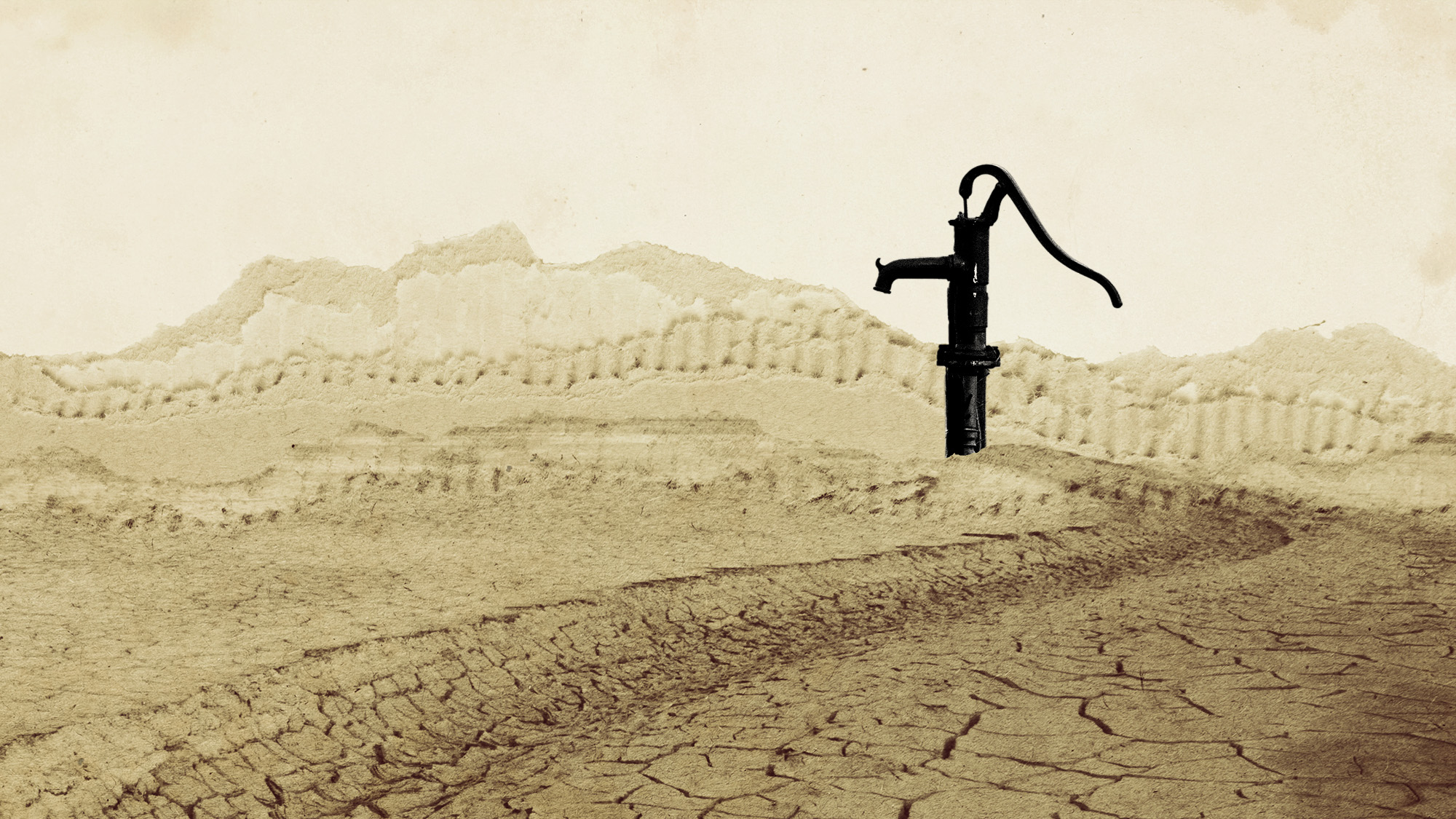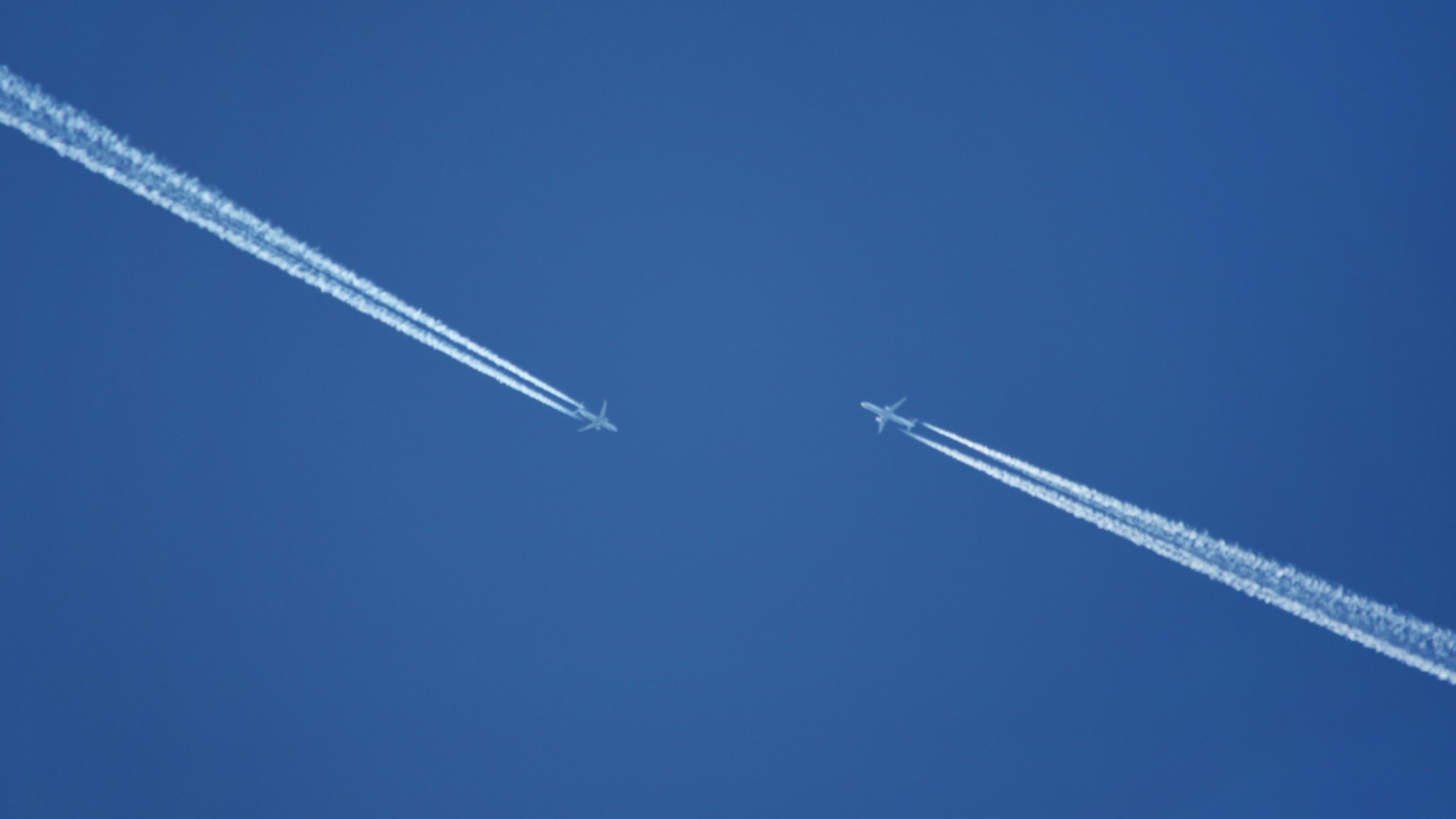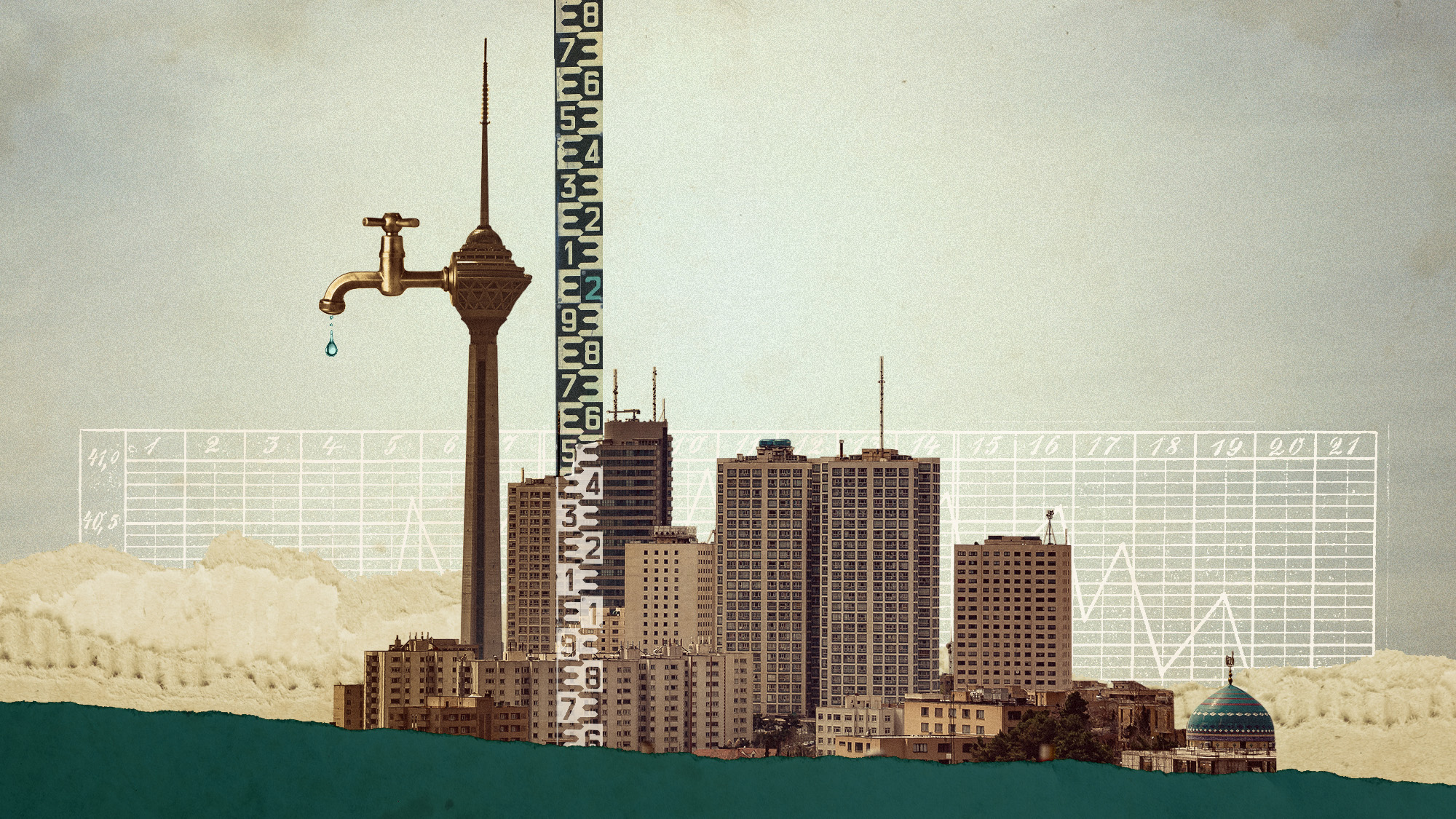The US is facing a groundwater crisis
Stress is high as water runs low


Water is one thing people cannot live without. Yet the United States' access to water is slowly becoming scarcer. The country contains many underground aquifers that hydrate and irrigate most of the 48 contiguous states. The problem is that Americans are taking more water than can be replenished, which could lead to catastrophic consequences in the future. Climate change is already making rain and snowfall unreliable, and as temperatures continue to rise, water will only become scarcer.
Running dry
Much of the U.S.'s development over the last few centuries was thanks to the country's bountiful supply of groundwater aquifers. Unlike rivers and lakes, aquifers hold freshwater underground, and that freshwater is then pumped out of the aquifers for irrigation and drinking. According to the U.S. Geological Survey (USGS), surface water can be "scarce or inaccessible," while "groundwater supplies many of the hydrologic needs of people everywhere," acting as a "source of drinking water for about half the total population and nearly all of the rural population," and "providing over 50 billion gallons per day for agricultural needs."
Despite groundwater being an integral part of American life, access to groundwater is on borrowed time. "Huge industrial farms and sprawling cities are draining aquifers that could take centuries or millenniums to replenish themselves if they recover at all," according to an analysis by The New York Times. Many regions of the country are experiencing groundwater depletion because the aquifers are being pumped faster than they can be replenished. Approximately 45% of the water wells examined in the Times analysis "showed a statistically significant decline in water levels since 1980," with 40% reaching "record-low water levels during the past decade." Warigia Bowman, a law professor and water expert at the University of Tulsa, called the depletion a "crisis" to the Times, adding that "there will be parts of the U.S. that run out of drinking water."
The Week
Escape your echo chamber. Get the facts behind the news, plus analysis from multiple perspectives.

Sign up for The Week's Free Newsletters
From our morning news briefing to a weekly Good News Newsletter, get the best of The Week delivered directly to your inbox.
From our morning news briefing to a weekly Good News Newsletter, get the best of The Week delivered directly to your inbox.
Groundwater depletion can lead to a number of environmental consequences. Water wells can dry up over time; the level of water in streams and lakes can be reduced; land subsidence, which is when the soil collapses, compacts and drops because water is removed, can become more common; and water quality can deteriorate, according to the USGS. There could also be several social repercussions including, "lower property values, higher water bills, limits on development, failing farms and giant sinkholes opening up in the ground we live on," John Sabo, director of the ByWater Institute at Tulane University, wrote for Forbes.
Scarce regulation
Groundwater aquifers suffer from a lack of regulation. "The federal government plays almost no role, and individual states have implemented a dizzying array of often weak rules," the Times analysis detailed. "The problem is also relatively unexamined at the national scale. Hydrologists and other researchers typically focus on single aquifers or regional changes." The issue has become a "tragedy of the commons" which "refers to a situation in which individuals with access to a public resource (also called a common) act in their own interest and, in doing so, ultimately deplete the resource," as defined by Harvard Business School.
Minimal regulation coupled with the ongoing climate crisis is deepening the issue. "Rising temperatures often means reduced snowpack, which in turn means less water flowing through rivers — pushing farmers and cities to lean more heavily on groundwater. But those same rising temperatures also mean plants and lawns require more water," the Times explained. The country's water bodies are already feeling the strain. The Colorado River, for example, has been rapidly depleting, and government intervention has been required to divide water rights among the states reliant on the river, including California, Arizona, Nevada, New Mexico, Colorado, Utah and Wyoming. "Water scarcity and water quality issues will reach crisis levels in localities all over America in the next several decades," predicted Steve Cohen in an essay for State of the Planet by Columbia University's Climate School.
The good news is there are actions that can lessen the strain on aquifers. Rainfall and snowpack are crucial to replenishing aquifers, but the country has historically struggled with managing collection. "It is crucial to shift our mindset about groundwater and see aquifers as infrastructure to be managed in ways that capture rain during extreme events," Sabo wrote in Forbes. Evaluating the U.S. agricultural system, which has been the largest user of groundwater in the country, can play a crucial role as well. Specifically making an effort to plant less water-reliant crops or focusing on dryland farming, which uses rainwater rather than irrigation, can reduce U.S. agriculture's reliance on groundwater. "The future of America's water supply is an open question," Cohen remarked. "The need for an adequate water supply is not open to question."
A free daily email with the biggest news stories of the day – and the best features from TheWeek.com
Devika Rao has worked as a staff writer at The Week since 2022, covering science, the environment, climate and business. She previously worked as a policy associate for a nonprofit organization advocating for environmental action from a business perspective.
-
 Political cartoons for December 20
Political cartoons for December 20Cartoons Saturday’s political cartoons include drowning rats, the ACA, and more
-
 5 fairly vain cartoons about Vanity Fair’s interviews with Susie Wiles
5 fairly vain cartoons about Vanity Fair’s interviews with Susie WilesCartoon Artists take on demolition derby, alcoholic personality, and more
-
 Joanna Trollope: novelist who had a No. 1 bestseller with The Rector’s Wife
Joanna Trollope: novelist who had a No. 1 bestseller with The Rector’s WifeIn the Spotlight Trollope found fame with intelligent novels about the dramas and dilemmas of modern women
-
 Crest falling: Mount Rainier and 4 other mountains are losing height
Crest falling: Mount Rainier and 4 other mountains are losing heightUnder the radar Its peak elevation is approximately 20 feet lower than it once was
-
 Death toll from Southeast Asia storms tops 1,000
Death toll from Southeast Asia storms tops 1,000speed read Catastrophic floods and landslides have struck Sri Lanka, Indonesia, Thailand and Malaysia
-
 Can for-profit geoengineering put a pause on climate change?
Can for-profit geoengineering put a pause on climate change?In the Spotlight Stardust Solutions wants to dim the sun. Scientists are worried.
-
 How will climate change affect the UK?
How will climate change affect the UK?The Explainer Met Office projections show the UK getting substantially warmer and wetter – with more extreme weather events
-
 Can the UK do more on climate change?
Can the UK do more on climate change?Today's Big Question Labour has shown leadership in the face of fraying international consensus, but must show the public their green mission is ‘a net benefit, not a net cost’
-
 Did Cop30 fulfil its promise to Indigenous Brazilians?
Did Cop30 fulfil its promise to Indigenous Brazilians?Today’s Big Question Brazilian president approves 10 new protected territories, following ‘unprecedented’ Indigenous presence at conference, both as delegates and protesters
-
 Can the world adapt to climate change?
Can the world adapt to climate change?Today's Big Question As the world gets hotter, COP30 leaders consider resilience efforts
-
 Taps could run dry in drought-stricken Tehran
Taps could run dry in drought-stricken TehranUnder the Radar President warns that unless rationing eases water crisis, citizens may have to evacuate the capital
